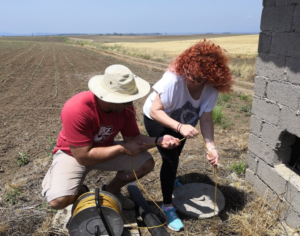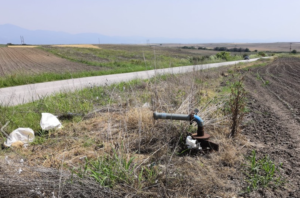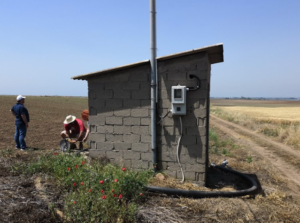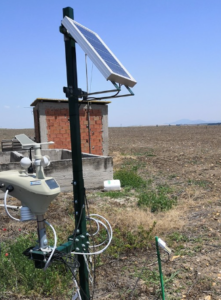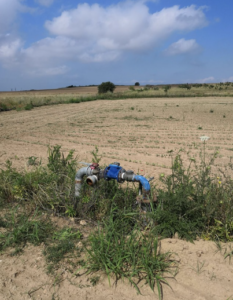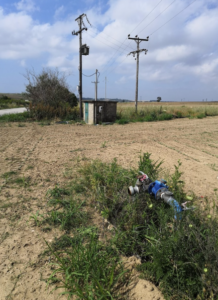The aquifer is in the coastal Rhodope area in north-eastern Greece and covers an area of about 120 km2. According to previous studies, the system comprises of two aquifers: the lower confined aquifer developed in coarse-grained alluvial sediments in the upper Miocene part of the Rhodope alluvial system and the upper semiconfined aquifer present in the alluvial sediments (mostly sandstone) in a limited area along the coast.
The average thickness of the system is about 100 m. Groundwater level demonstrates a significant degree of seasonal variation, being for the most time of the year below mean sea level. The main groundwater recharge sources for the aquifer system are the infiltration of surface runoff from the streams crossing the area, direct percolation of rainfall, and groundwater inflows along the western and north-eastern boundaries.
loading map - please wait...
Groundwater salinization is primarily modern because of groundwater overexploitation for the satisfaction of irrigation, which is the dominant groundwater demand. Except for groundwater salinization, high nitrate concentration is locally observed, thus indicating the effects of irrational agricultural practices. This is also demonstrated by the fact that the aquifer has been recently included in the Nitrate Vulnerable Zones of Greece.
| Aquifer extension | 120 km² |
| Total exploitation | 880 L/s |
| Water use |
|
| Major challenges |
|
| Land use |
|
| Cities supplied | no potable water supply |
The aquifer of the study area is very important for the socio-economic development of the region since it is exclusively serving the irrigation needs of more than 100 km2 of cultivated land. The degree of groundwater quality deterioration is very high, as indicated by previous studies, while side-impacts have already been observed such as intensive soil salinization. Therefore, the development and application of tools and strategies that will contribute to the efficient and sustainable management of the aquifer system are crucial both from the environmental and from the socio-economic point of view.


